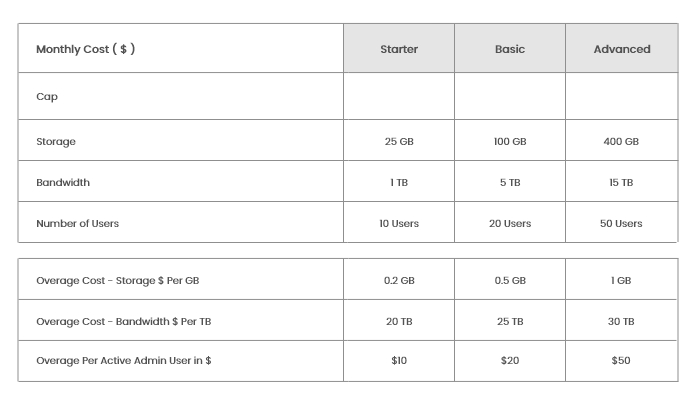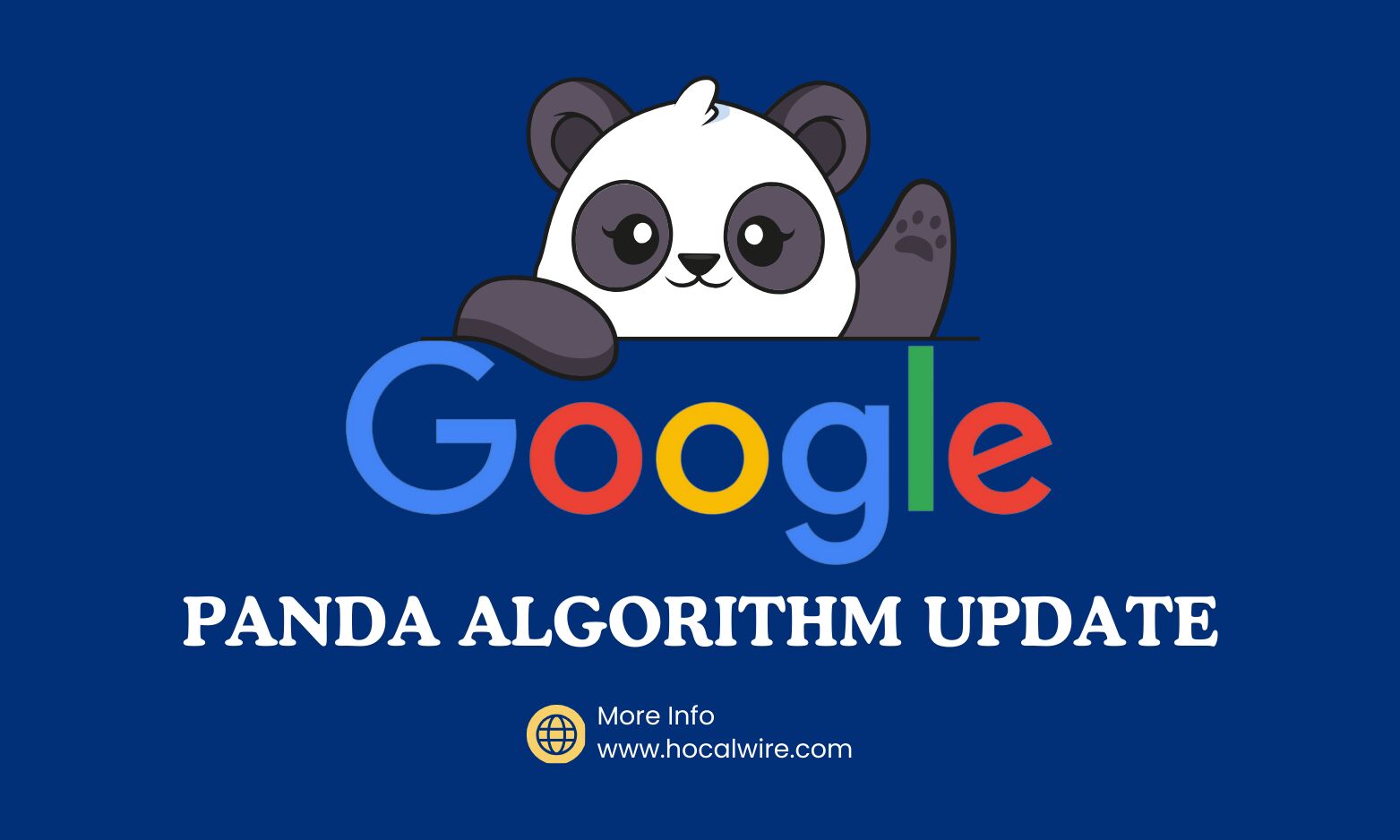



A Complete Guide to the Google Panda Algorithm Update launched 13 years ago
- Google Panda Algorithm aimed to improve the quality of search results by targeting low-quality and thin content websites.
- 1) What was the Google Panda Algorithm update?
- 2) For what reason did Google Panda launch?
- 3) Google Panda algorithm explained: how it worked
- 4) The Legacy of Google Panda
- 5) Evolution of SEO Strategies
This is a thorough account of the Google Panda Update's history, effects on search engine rankings, and enduring effects on SEO. Today marks 13 years since Google released the Panda update. The long-term effects of this algorithm change on SEO and content strategies were significant and wide-ranging. A detailed account of every Google Panda algorithm update can be found here.
What was the Google Panda Algorithm update?
A significant algorithm change called Google Panda affected the results of 11.8% of US search inquiries. Thirteen years ago, Google introduced a game-changing algorithm update that forever altered the landscape of online search: Panda. Released in February 2011, this algorithm aimed to improve the quality of search results by targeting low-quality and thin content websites. As we look back on this significant milestone, it's crucial to understand the impact Panda had on SEO practices and how it continues to shape the digital ecosystem today.
Google released upgrades and refreshes for Panda almost every month for the next two years following its original release (9 in 2011 and 14 in 2012). After this guide, you will discover a comprehensive timetable along with our coverage of those updates.
For what reason did Google Panda launch?
The main target of Google Panda was low-quality content. In 2011, Google was trying to find a solution for its content farm problem.
If the phrase is unfamiliar to you, a "content farm" is a website that hires freelance writers to produce as much content as quickly as possible, usually at a low rate. These businesses only cared about ranking very highly for high-traffic phrases in Google's search results. The quality of the articles was generally poor.
These content farms received a lot of traffic as a result of their high rankings. And they made money off of that traffic by placing display ads (which, strangely, were mostly using Google AdSense). Probably the best illustration of the traditional content farm approach is Demand Media. Another large-scale content farm was Suite 101.
It's interesting to note that the Caffeine Update was the cause of a large number of the content problems Google was attempting to resolve in 2010. Google's index expanded quickly as it began to crawl stuff more quickly. However, it also meant that some "shallow" stuff was coming up high.
Google Panda algorithm explained: how it worked
Google Panda was designed to penalize websites with poor-quality content while rewarding those with high-quality, relevant content. It targeted various factors such as duplicate content, keyword stuffing, and low-quality user experience. Websites that fell afoul of Panda saw significant drops in their search rankings, while those with valuable, original content were rewarded with higher visibility.
Panda was an algorithm applied to sites
The most crucial thing to know about Panda is that it assesses the overall standard of the website.
At the very least, it evaluates a website's quality by examining the great majority of its pages. However, it enables us to rank pages from that specific site based on the quality of the entire site and modify the ranking for the individual pages.
John Mueller of Google added that Panda evaluates a website's quality based on its architecture. Mueller claims that Panda also provided a score for the entire website.
The Legacy of Google Panda
Google Panda is still impacting SEO to this day, more than a decade after it launched. Here are just three big changes that came from Panda:
E-E-A-T. The content farm dilemma gave rise to the notions of expertise, authority, and trustworthiness (as well as the extra E for experience, as stated in the quality rater rules). Google's goal is to incentivize websites that post original information written by subject matter experts. The best resource for learning how to avoid becoming a content farm is the quality rater policy.
For more information: https://www.hocalwire.com/blog/e-e-a-t-and-seo-building-trustworthy-content-for-search-success-1260255
Content Marketing. The term "content marketing" didn't exist before Panda. Simply visit Google Trends to observe the exact moment the term began to become popular—it's not a coincidence. Although the concept of content marketing is as old as marketing itself and the phrase itself dates back to 1996, Panda was largely responsible for the emergence of content marketing as a distinct entity.
Evolution of SEO Strategies
In the wake of Panda, SEO professionals were forced to adapt their strategies to focus on content quality rather than quantity. This marked a shift away from black hat techniques towards a more holistic approach centred around user experience, relevancy, and authority. Keywords became less important than providing valuable information to users, leading to the rise of content marketing as a cornerstone of SEO.
Rise of Content Marketing
With the emphasis on quality content, businesses began investing more heavily in content creation and distribution. Content marketing emerged as a powerful tool for building brand authority, attracting organic traffic, and engaging with audiences. Instead of solely optimizing for search engines, brands started prioritizing creating content that resonated with their target audience, leading to more authentic and meaningful connections.
Ongoing Algorithm Updates
Since its inception, Google Panda has undergone numerous updates and iterations, each refining its ability to assess and rank content quality. Subsequent algorithm updates, such as Penguin and Hummingbird, have further refined Google's approach to combating web spam and rewarding high-quality content. SEO professionals must stay vigilant and adapt to these changes to maintain and improve their search rankings effectively.
Conclusion
Thirteen years after its introduction, Google Panda remains a pivotal moment in the history of SEO, reshaping the way websites are ranked and emphasizing the importance of quality content and user experience. As search algorithms continue to evolve, businesses must prioritize creating valuable, engaging content that meets the needs of their audience while adhering to SEO best practices. By staying informed and adaptable, brands can navigate the ever-changing landscape of online search and thrive in the digital age.
To learn how Hocalwire may assist in transforming your current codebase into a beautiful mobile experience, Schedule a Demo right away.

